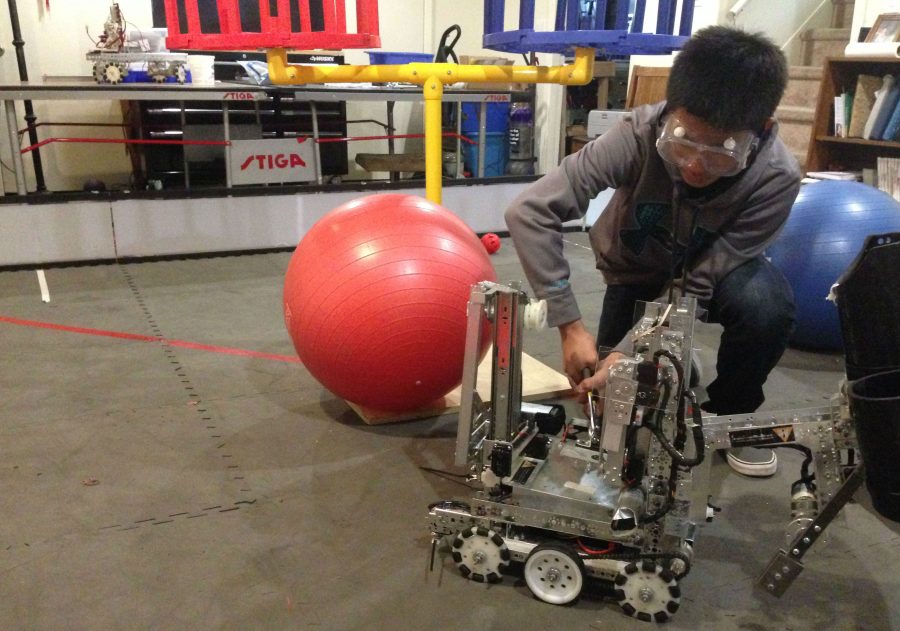Students are often told that high school is a time for new experiences and a time to blossom, yet they find themselves unwilling to push the boundaries of their comfort zone and explore new opportunities.
These opportunities are avoided by a subconscious limitation from a students’ insecurities. For fear of exposing their insecurities, students resort to barricading themselves within their own psychological comfort zone.
A comfort zone is a place or situation where one feels safe and without stress, and it is closely related to the lives of high school students.
Sophomore Rebecca Jiang said, “Having a comfort zone can affect your schoolwork, social life, and how you feel around your friends, and it makes you easily susceptible to comparing yourself to others.”
The stress from school and the pressure of social interactions can put a strain on one’s comfort zone. The stress will always be there, but after exposure to similar experiences the pressure can be dealt with.
“Have someone to do it with you so that it is easier to try new things,” said Jiang.
Although many people are still in their comfort zones, some have ventured past their own limitations.
Sophomore Marlon Fu said, “[I can] interact with new people, and express myself freely once I put myself past my boundaries.”
Someone might want to avoid all stress and conceal themselves in their comfort zone, but this could be detrimental. They might miss out on fulfilling life activities, and having no stress does not provide the most optimal environment to perform everyday tasks.
In a scientific experiment involving mice, psychologists Robert M. Yerkes and John D. Dodson found that animals, including humans, function better under a certain amount of stress. This stress is known as optimal anxiety and provides scientific evidence for the positive impacts of leaving the comfort zone. Practical applications of optimal anxiety can be seen in competitive activities such as sports.
Someone who leaves their comfort zone can expect to be more creative because of inspiration from increased exposure outside the comfort zone. They might also find that they deal better with unexpected situations after being forced to leave their comfort zone and can learn to better adapt to those situations.
Fu said, “During a robotics competition, my whole team was standing on the side, and it was really intense, but in the end I tried my best and it was probably one of my better competitions.”
Exiting the comfort zone in moderation allows someone to reach optimal anxiety allowing them to do better.
However, it is important to note that constantly staying outside of the comfort zone is unwise as the comfort zone will adapt to the new ¨normal.¨ It will then become necessary to go further and further out of the comfort zone to reach optimal anxiety.
Sometimes it can be hard for someone to throw away their carefully built barriers.
The process of shaping, using small increments of objectives first developed by psychologist B. F Skinner, can help one to leave their comfort zone.
In the example of learning the salsa dance, AP psychology teacher Michelle Mckee said, “Someone would research a class, next they could make an appointment, then they would actually take a class, all while giving themselves rewards of some kind throughout the process.”
For someone who is struggling to take down their boundaries, starting small, such as taking a new route to school or cream cheese instead of butter on toast for breakfast, can help to gradually leave the comfort zone. Another way is to think in the moment and forget about what others may think when you do something new and different.
Once someone decides to break free of psychological barriers holding them down, they will begin a new phase in their life, where they can expect to be in the essence of the word, comfortable.
Mckee said, “I had never been outside of the country before, so I went on a mission trip to Rwanda, it was one of the most of the best experiences of my life, and I’ve ended up going five more times, it was a life-changing experience.”












